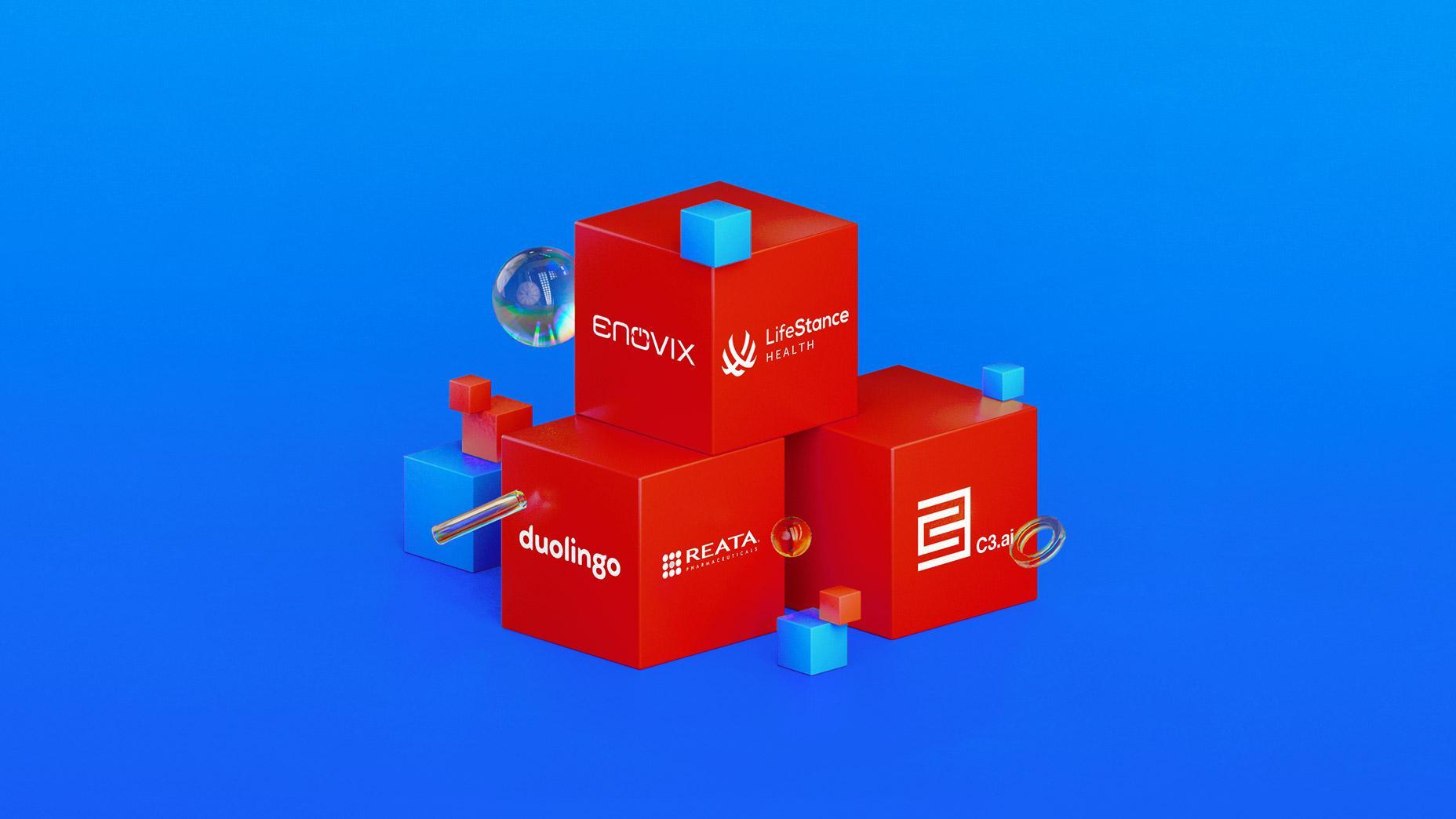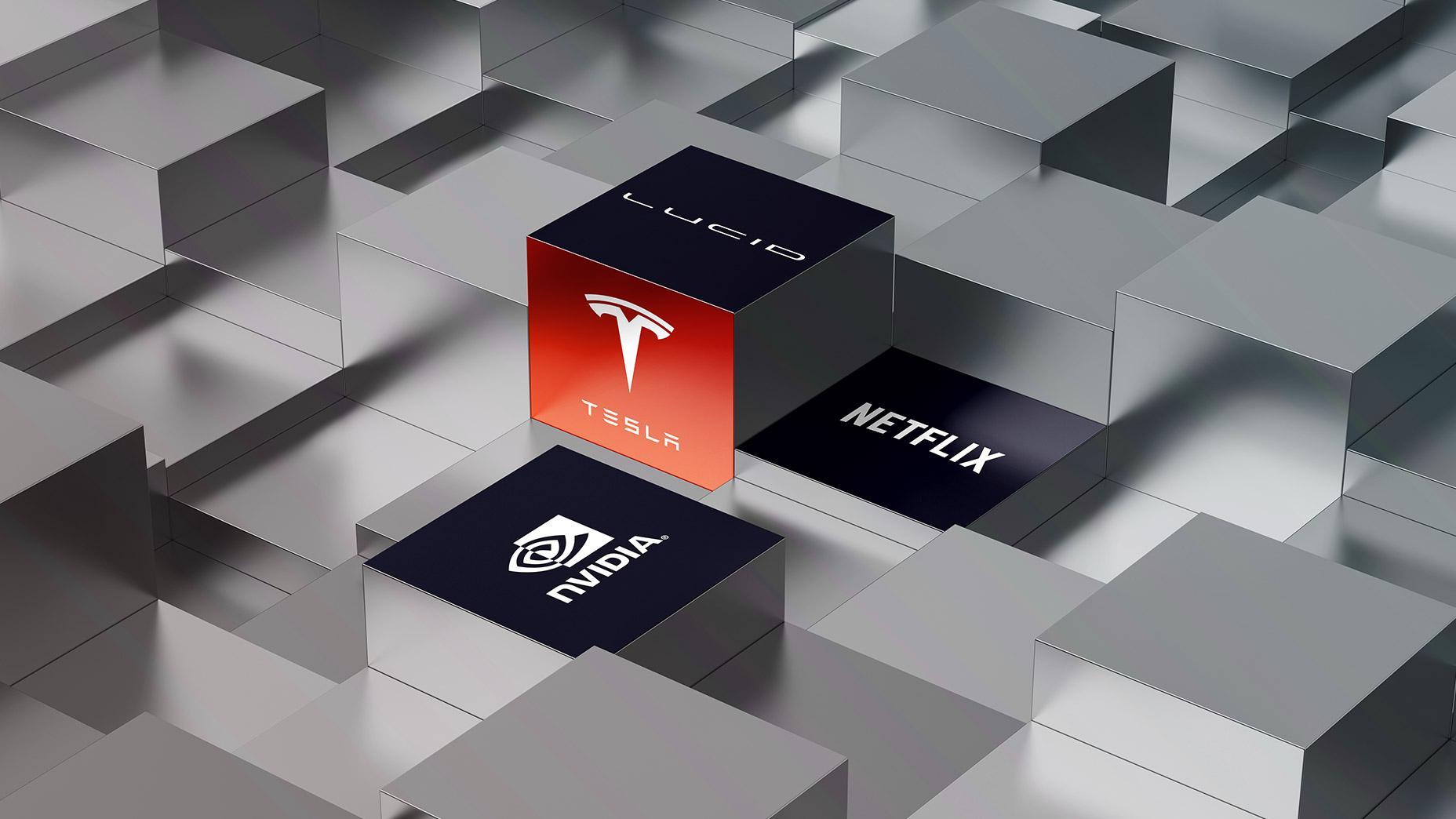Understanding Over-the-Counter (OTC) Trading: A Comprehensive Guide
6 minutes for reading

You have most probably heard about IPOs – when a large company enters the exchange, and investors try to buy its stocks at that particular moment. However, this is not the earliest stage of investing in a company. You can buy and sell stocks before entering the exchange – here is where the over-the-counter (OTC) market comes into the picture, which differs from the traditional stock market. In this article, we will discuss the OTC market, and the possibility of making more money on it than on the traditional stock exchanges.
What is the OTC market?
OTC (Over-the-Counter) investing includes buying securities that are not registered officially on an exchange, such as the New York Stock Exchange (NYSE). Such stocks do not comply with the rules of placement on a standard exchange.
Investing is carried out via an OTCBB (Over-the-Counter Bulletin Board), or the listing service Pink Sheets. The OTCBB is an electronic service of quotations and trades that facilitates higher liquidity and better exchange of information. In its turn, Pink Sheets is a private company that works with broker-dealers for the preparation of the stocks of small companies for the IPO.
What are OTC stocks?
The main difference here is that such securities are not traded on a regular exchange. As a rule, the market capitalisation of the company is below 50 million USD, and its shares cost less than 1 USD per stock (and are therefore also called Penny Stocks).
In this scenario, the extremely low prices allow a private investor to buy a great deal of shares for a very small amount of invested capital. And if the company manages to produce a high-quality product and become successful, the investor may increase their initial investment multiple times.
However, there is a high risk for fraudulent activity due to the lack of information about the company, which prevents investors from evaluating its potential for growth. That is why investors should always be evaluating the securities, and calculating the potential risks involved themselves.
Main types of OTC
More and more stocks appear on the OTC market every day. Trades are carried out automatically via the telecom system. A serious drawback here is the possibility of stock market manipulation with multiple fraud schemes. It is said that SEC, the regulating organisation on securities and exchanges, has a negative attitude towards the OTC market. For the investor to be able to better evaluate the transparency of the company and its potential of growth, there is a system of categories that helps assess the risks.
- Best Market (OTCQX) is the most prestigious category. The stock price in OTCQX is never below 5 USD. A price below this threshold is thought to possibly reveal a fraud company or one on the verge of bankruptcy.
- Venture Market (OTCQB) - to comply with this category, the company has to give a full account of its finances to SEC. If the requirements of the regulator are fulfilled, the company remains in the category. However, as soon as it breaks them, it is transferred to the Pink Open Market.
- The Pink Open Market features a whole range of companies that do not comply with the requirements of SEC. Their stocks can be bought very cheaply, but the risk of fraud is high.
The peculiarities of trading OTC stocks
OTC trading is an alternative for small companies. The process of entering a regulated exchange may be laborious and complicated for the company, while placement on the OTC allows attracting capital quickly. The requirements of OTC platforms differ significantly, and it can sometimes be very difficult for an investor to find financial information about the company. While the volume of trading is lower here, the stocks are traded much cheaper than their real value, and this is how you can make profit.
Remember that OTC stocks have less liquidity due to their low demand. This means that trading OTC stocks may be happening with lags, and the difference between the buying and selling price may change significantly due to the market situation. There are high probabilities of fraud because the company does not report on its financial accounts. On the other hand, there might be maximally volatile movements at the moments of publication of certain economic data.
Summary
Most regulated securities with a good growth potential and accurate financial records cost over 15 USD per stock. As a rule, such stocks are traded on NYSE or NASDAQ. OTC stocks are traded below 1 USD per stock, and most of the financial accounts of such companies are unavailable – therefore, buying such assets is always risky.
Nevertheless, if you only have a small amount on your deposit account, you may risk and invest. Not every private investor can purchase 100 Apple stocks at the price of 275 USD per stock, but they can always afford buying 1000 OTC stocks costing 0.1 USD, which, in the end, may bring larger revenue than pricy stocks of leading companies.
Kategoriler
Son Gönderiler
Discover How Warren Buffett Adjusted His Investment Holdings in the Second Quarter: New Additions and Complete Sell-Offs
The Public Offering of Justworks, Inc.: A Deep Dive into its Innovative Cloud-Based Accounting Management Platform and its Investment Appeal on 12 Jan...
Delve into the Forces Shaping the Gaming Industry: Insights on Engine Gaming, SciPlay, Sea, Roblox, and Electronic Arts.
Peloton Unveils Business Overhaul with Leadership Change and Cost-Cutting Strategy: Targeting Growth or Setting the Stage for Acquisition?
Weekly News Roundup: Salesforce, Okta, Chewy, and Crowdstrike Release Quarterly Results; Microsoft Reduces Quarterly Forecast - How Did Their Stocks R...





